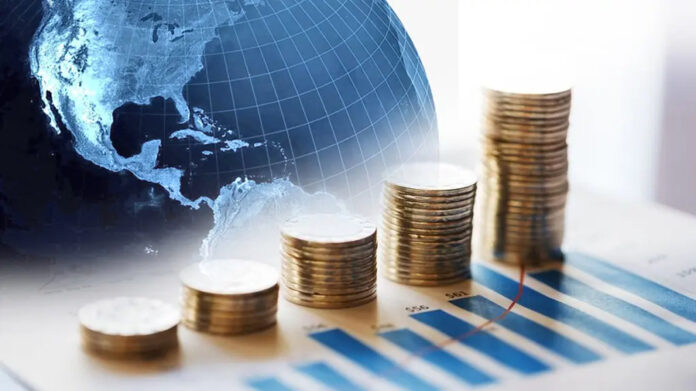The report estimates that regional GDP will grow 1.4 percent in 2023, a lower rate than anticipated. Rates of 2.4 percent are expected in 2024 and 2025, too low to make significant progress in poverty reduction.
To drive much-needed growth in the region, countries must preserve hard-won resilience and take advantage of the unique opportunities offered by trends in the global economy toward nearshoring and green industry, according to the World Bank's new report "The Potential for Integration, Opportunities in a Changing Global Economy".

"The region has largely recovered from the pandemic crisis, but unfortunately has returned to the low levels of growth of the previous decade", said Carlos Felipe Jaramillo, World Bank vice president for Latin America and the Caribbean. "Countries urgently need to accelerate inclusive growth, so that everyone benefits from development, and this will require maintaining macroeconomic stability and taking advantage of the opportunities that trade integration offers today".
After recovering from the pandemic, the region has weathered the multiple crises caused by the Russian war in Ukraine and the uncertainties surrounding the global economy with relative success. Both poverty and employment have mostly returned to pre-pandemic levels, while average inflation, excluding Argentina, is expected to fall to 5.0 percent in 2023, after reaching 7.9 percent in 2022.

According to the report, the region's overall resilience is the result of hard-won progress in macroeconomic management over the past two decades. Preserving this achievement will be paramount.
However, fiscal imbalances remain high, averaging an estimated 2.7 percent of GDP in 2023, further eroding already tight fiscal space; and the level of indebtedness is expected to reach 64.7 percent of GDP this year, down slightly from 66.3 percent in 2022.
In addition, the recent bank failures in the US and Europe add to uncertainty. Their repercussions on the banking system and capital flows in Latin America and the Caribbean remain to be seen.

"The region remains one of the least integrated, while trade openness and international direct investment have stagnated or declined in most cases over the past 20 years; countries must find ways to gain attractiveness and take advantage of the trend toward business relocation", said William Maloney, chief economist for Latin America and the Caribbean at the World Bank.
"In addition, taking advantage of the region's extraordinary comparative advantage in sustainable energy production, the commodities needed for emerging green industries and its unique natural capital offers a new potential source of growth, but this will require policies to facilitate access to global markets, capital and technology".
The report suggests a number of integration policies that countries should consider to take advantage of these opportunities. These include long-term policies, such as reducing systemic risks, boosting investments in traditional and digital infrastructure, and improving human capital; as well as short-term options, such as preserving macroeconomic stability, advancing advances in customs and transport regulation, and improving export and investment promotion agencies.
Translated by: A.M
 English
English  Español
Español 
